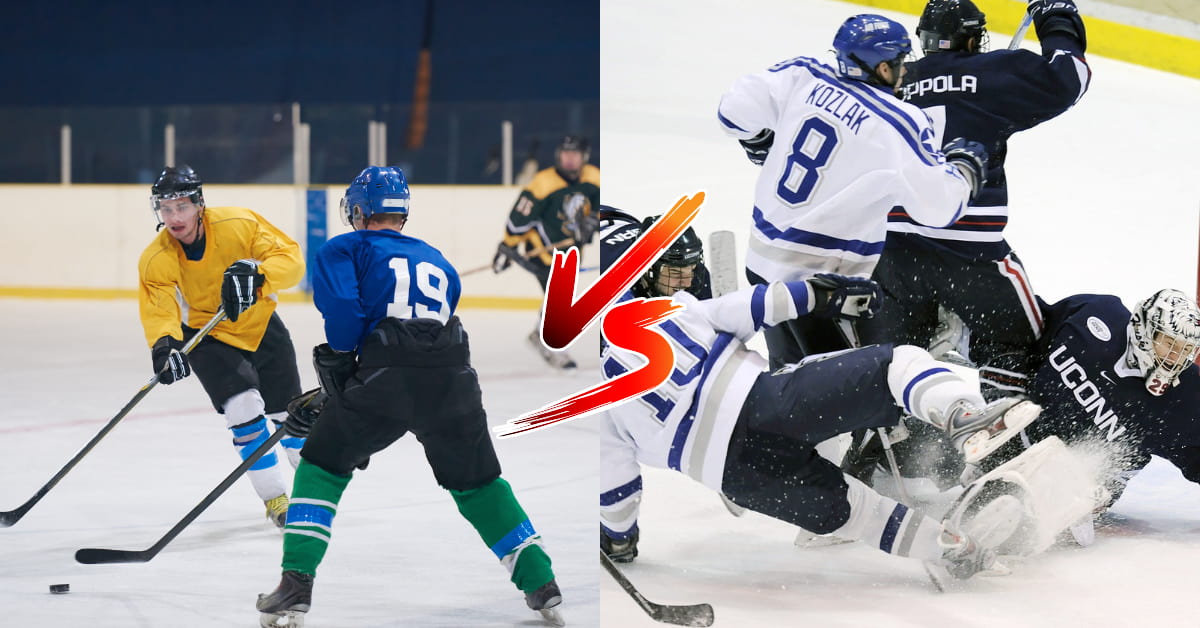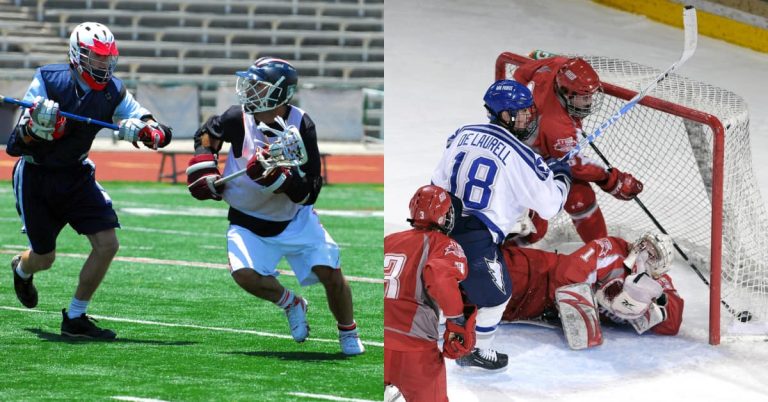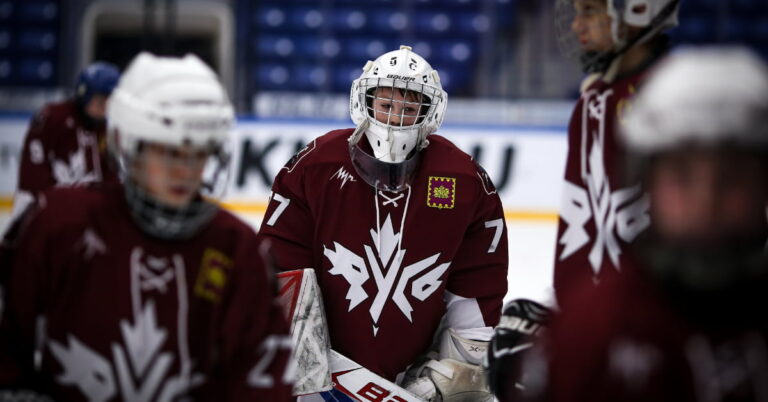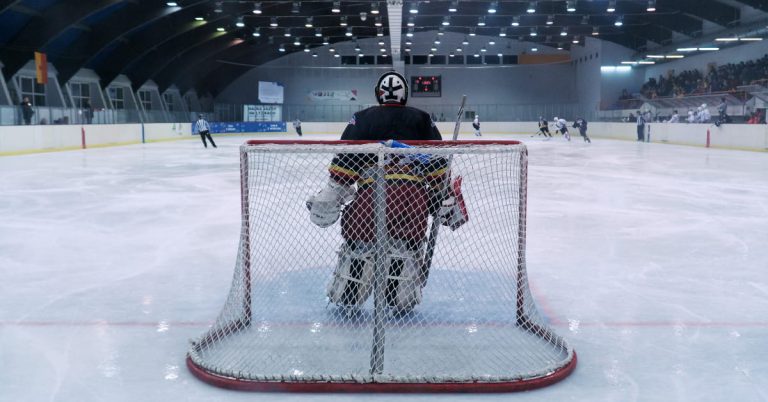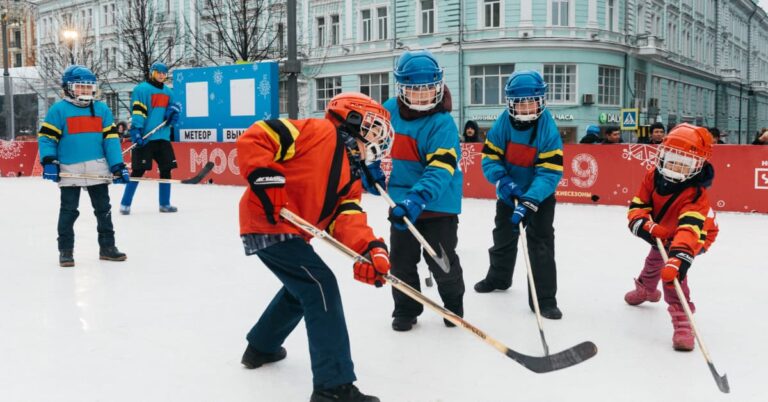European Hockey vs North American Hockey
Ice hockey is a popular sport played in different parts of the world. Due to regional differences, it has developed distinct styles and characteristics. Europe and North America are two prominent regions for ice hockey. European and North American hockey have unique features that set them apart from each other.
In this article, we will discuss European Vs North American hockey.
European Hockey vs North American Hockey
European hockey places a strong emphasis on finesse, skill, and strategic play. Players prioritize puck possession, precision passing, and creativity, relying on speed and agility to outmaneuver opponents.
In contrast, North American hockey is known for its physicality and aggressive style. Players engage in more body-checking and aggressive forechecking. Focusing on a faster-paced, intense game that values physical strength and power.
Now we understand what makes European and North American hockey different—playing styles, rink sizes, physical confrontation, officiating, and equipment.
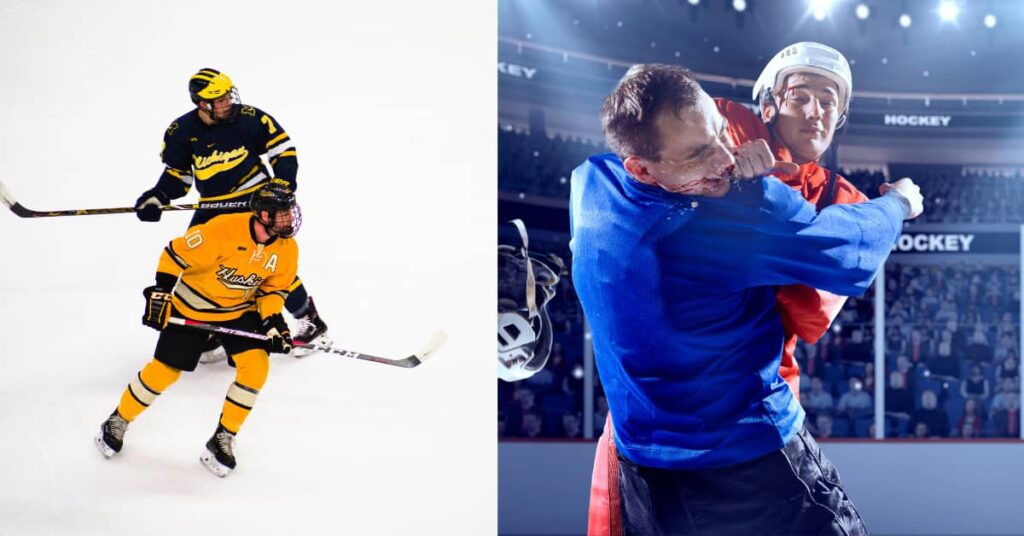
Playing Style
There is a noticeable difference in the playing style of European and North American hockey. Finesse, skill, and tactical play are the hallmarks of European hockey. Typically, European players are focused on puck possession, precise passing, and creativity. Their speed and agility allow them to outmaneuver their opponents and create scoring opportunities. The game in Europe is characterized by quick transitions and strategic positioning.
Conversely, North American hockey is known for its physicality and aggressive play. Body checking and aggressive forechecking are common among North American players. Physical strength and power are key elements of the game, which is faster-paced and more intense. Teams in North America tend to create scoring chances through a strong forecheck and physical presence.
Rink Size
The size of the rink is another differentiating factor between European and North American hockey.
In Europe, the standard rink size is generally larger than in North America. European rinks typically measure around 61 meters (200 feet) in length and 30 meters (98 feet) in width. The larger ice surface allows for more open play, wider passing lanes, and increased skating room. It favors skillful players who can take advantage of the additional space.
In contrast, North American rinks, especially those used in the National Hockey League (NHL), are slightly smaller. NHL rinks measure 61 meters (200 feet) in length and 26 meters (85 feet) in width. The smaller rink size leads to a more physical and intense style of play, with less room for maneuvering. It places a premium on quick decision-making and close-quarters battles.
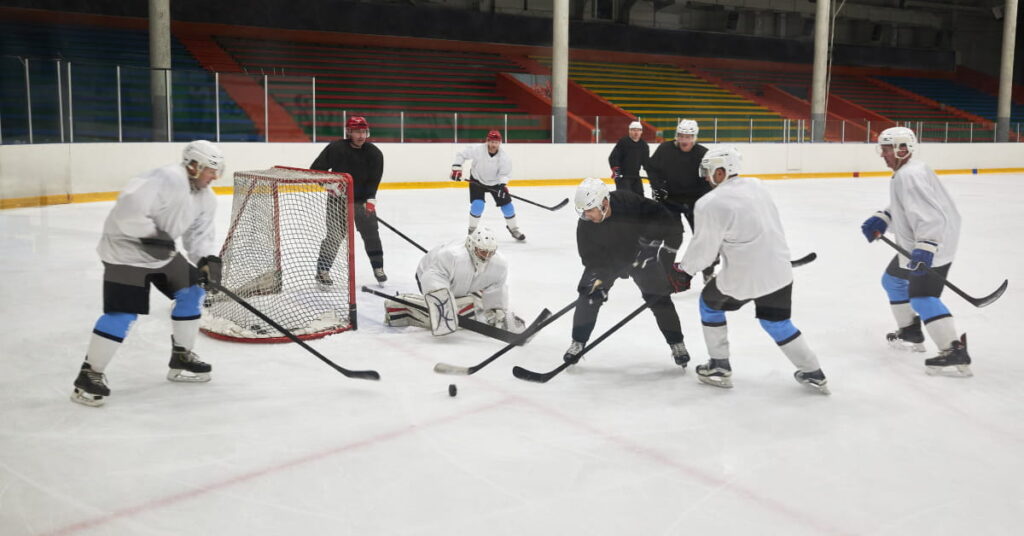
Physical Confrontation
Physical confrontation is an aspect where European and North American hockey diverges.
Players in North American hockey often engage in aggressive body-checking and intense physical battles along the boards. The physical element is fundamental to North American game, and players must handle physical confrontations effectively.
European hockey focuses more on skill and finesse. Physical play is not absent from European hockey, but tends to be less prevalent. Physical confrontations are less important to European teams than puck possession and strategic positioning. In European hockey, players with excellent stickhandling and passing skills are highly valued.
Officiating
Officiating standards can also differ between European and North American hockey.
In European hockey, penalties are usually called more strictly by the officials. During a game, referees closely enforce rules concerning interference, holding, and hooking. The emphasis is on maintaining the flow of the game and promoting skillful play.
The officiating in North American hockey can be lenient, allowing for more physical play. There is often a focus on ensuring player safety while allowing for robust physical battles. While penalties are still enforced, they might be applied at a higher threshold than in European hockey.
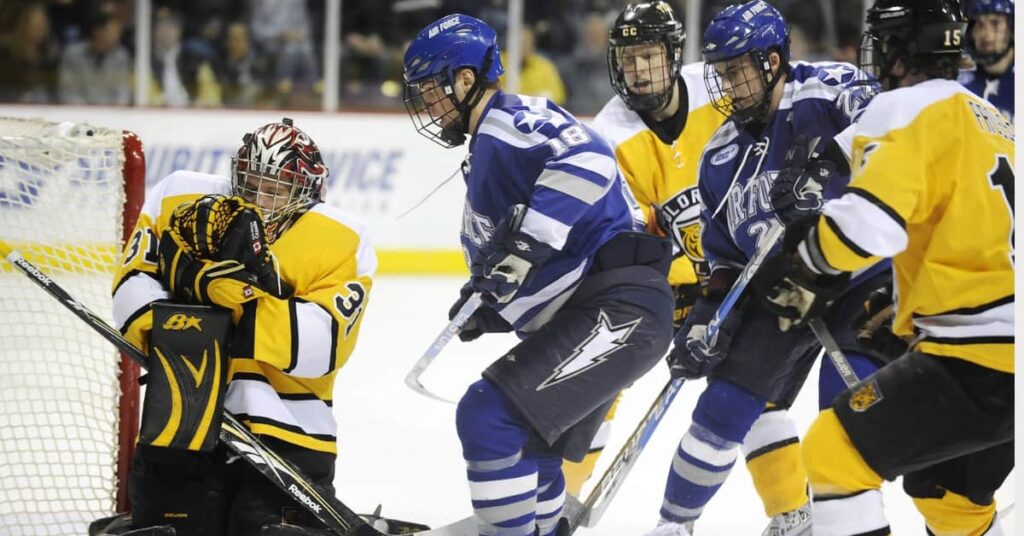
Equipment
There are also some differences between the equipment used in European and North American hockey. Players in both regions use similar equipment that meets international standards. However, some differences can be observed, particularly in goaltender equipment.
European goaltenders tend to use smaller and more streamlined equipment compared to their North American counterparts. This difference is due to varying styles of play and personal preferences. European goaltenders prioritize agility and mobility, and their equipment reflects this emphasis.
In contrast, North American goaltenders often use larger and more protective equipment. The increased padding and coverage provide additional protection during physical play, where goaltenders might face more traffic in front of the net.
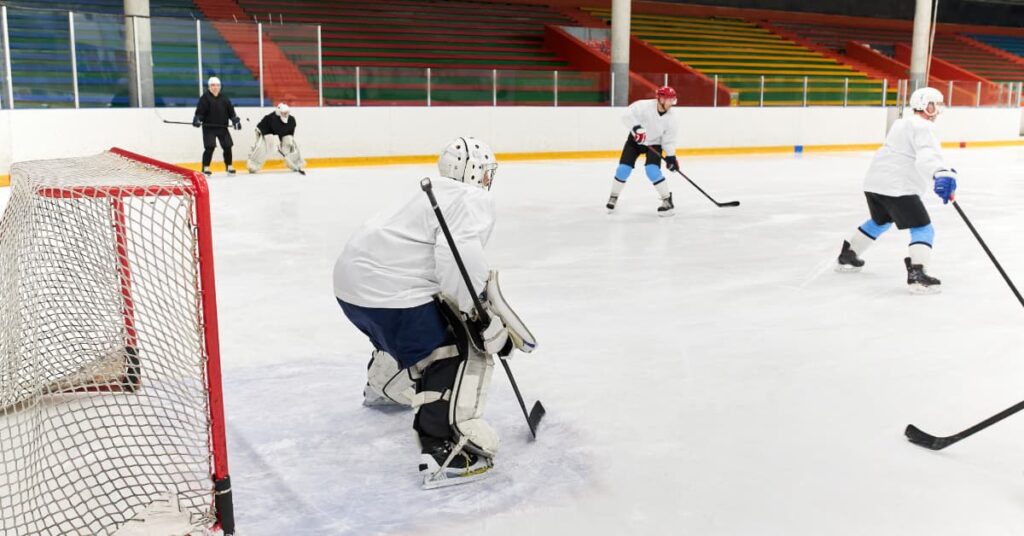
What is the biggest ice rink in the world?
The biggest ice rink in the world is the Medeo Ice Rink located in Almaty, Kazakhstan. It measures 10,500 square meters (113,021 square feet) and is primarily used for speed skating. Many international speed skating competitions have been held at the Medeo Ice Rink, making it a popular destination for ice sports enthusiasts.
Is Olympic ice rink bigger than NHL?
Yes, the Olympic ice rink is bigger than the standard NHL rink. Olympic ice rinks measure 61 meters (200 feet) in length and 30 meters (98 feet) in width, while NHL rinks measure 61 meters (200 feet) in length and 26 meters (85 feet) in width. The larger size of the Olympic rink allows for more open play and wider passing lanes.
Conclusion
In conclusion, European and North American hockey have distinct characteristics that make them unique. European hockey emphasizes finesse, skill, and tactical play, while North American hockey is known for its physicality and aggressive style. Rink size, physical confrontation, officiating, and equipment also contribute to the differences between the two styles of play.
Understanding these variations enriches the appreciation of the sport and showcases the diversity within the world of ice hockey.
Read These Next:
Hockey Goalie Skates Vs Regular Skates – Which is Right for You?
What To Wear To A Hockey Game?
FAQs European Vs North American hockey
Are European hockey players more skilled than North American players?
Both European and North American hockey players exhibit exceptional skill sets. However, the training and development systems, as well as cultural influences, differ between the regions, resulting in variations in playing styles and individual skill levels.
Which style of hockey is more popular globally?
Hockey’s popularity varies across different regions. European hockey has a strong following in countries like Russia, Sweden, Finland, and the Czech Republic. North American hockey, particularly the NHL, has a significant fan base in Canada and the United States. Both styles have their own dedicated fan bases and global appeal.
Are European hockey leagues as competitive as the NHL?
While the NHL is considered the pinnacle of professional hockey, European leagues also feature highly competitive teams and players.
Is European hockey faster than North American hockey?
European hockey often emphasizes speed and finesse, but it is not necessarily faster than North American hockey. The playing styles differ, with European hockey focusing more on skillful play and North American hockey incorporating physicality and speed.

